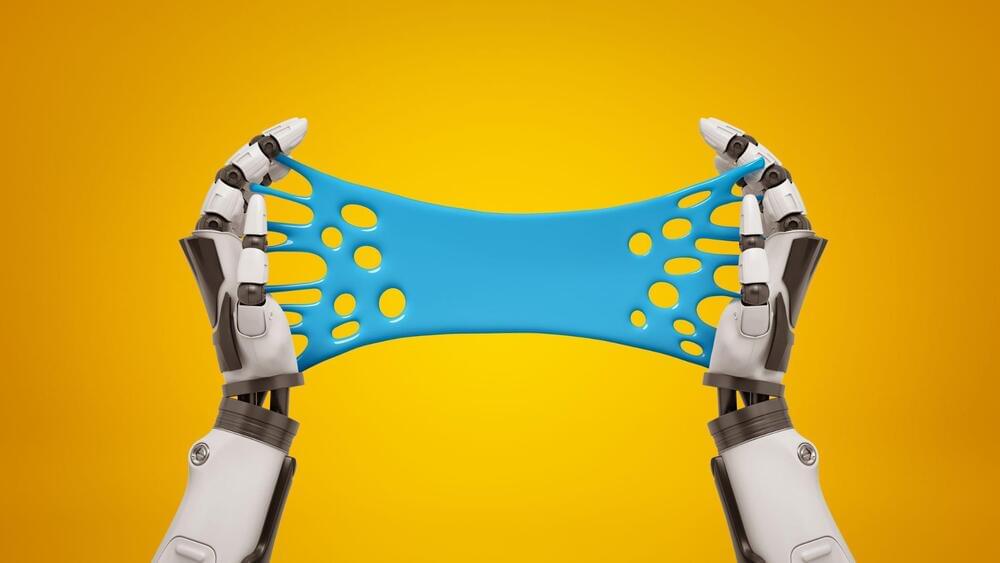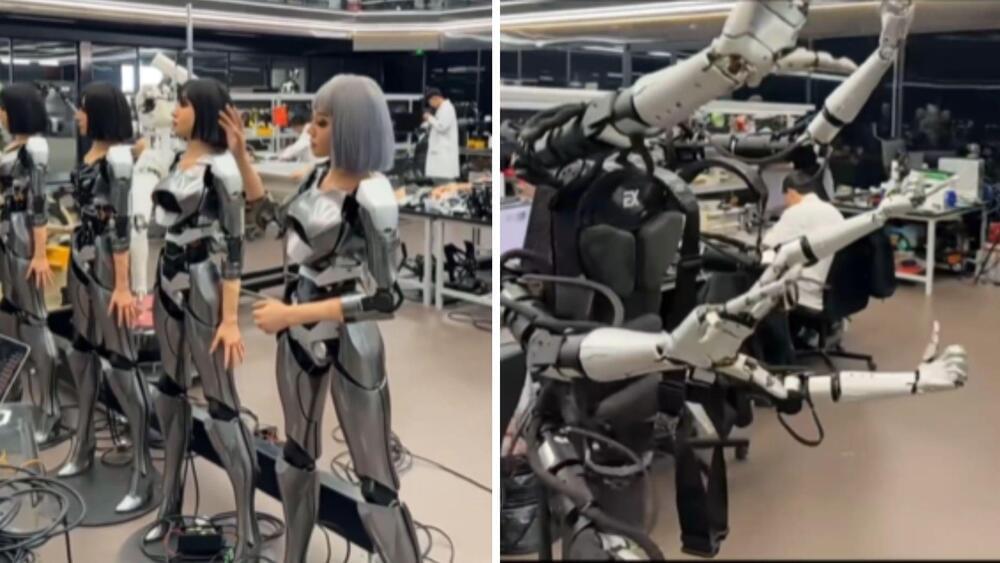This is “OpenAI GPT-4o math with Sal and Imran Khan from Khan Academy” by OpenAI on Vimeo, the home for high quality videos and the people who love them.
Category: robotics/AI – Page 579
OpenAI GPT-4o rock paper scissors
This is “OpenAI GPT-4o rock paper scissors” by OpenAI on Vimeo, the home for high quality videos and the people who love them.
OpenAI GPT-4o interview prep
This is “OpenAI GPT-4o interview prep” by OpenAI on Vimeo, the home for high quality videos and the people who love them.
Two OpenAI GPT-4os interacting and singing
This is “Two OpenAI GPT-4os interacting and singing” by OpenAI on Vimeo, the home for high quality videos and the people who love them.
Eyes of tomorrow: Smart contact lenses lead the way for human-machine interaction
A portable sweeping frequency reader was kept nearby to record and analyze the signals from the RF tags (it serves as the machine part of HMI).
The researchers demonstrated that their smart contact lenses can detect gazing directions and real-time gazing points, which could be used for robot control and software interaction.
Further, they showed that the lenses are very stable and can be worn for up to 12 hours in different environmental conditions. They have also shown that the lenses can detect eye closure.
LimX Dynamics’ W1 robot can stand, walk and roll on its hind ‘legs’
LimX Dynamics has revealed that the W1 quadruped robot can walk on two feet across a smooth floor. In the future, it might also climb stairs bipedally as with other robots in the company.


Stanford’s AI-hologram tech enables 3D viewing with regular glasses
Engineers at Stanford University have successfully combined AI and holographic imagery to develop the augmented reality headset of the future.

Forget facial recognition, this new AI predicts age by analyzing hands
According to a statement by the firm, the study showed that AI models trained on hand images achieve comparable accuracy to those using facial images, with an average error of 4.1 and 4.7 years in predicting chronological age.
The AI model in the study was primarily trained by employing the Indian population dataset to ensure representation of diverse skin tones and address AI’s bias challenges, especially pertaining to ethnicity-specific considerations in age prediction.
By focusing on the Indian population, the study aimed to develop an AI model tailored to this demographic, mitigating biases and promoting fairer AI solutions. Additionally, the research’s market relevance in India’s growing skincare and AI sectors underscores the strategic importance of using an Indian dataset for this study.